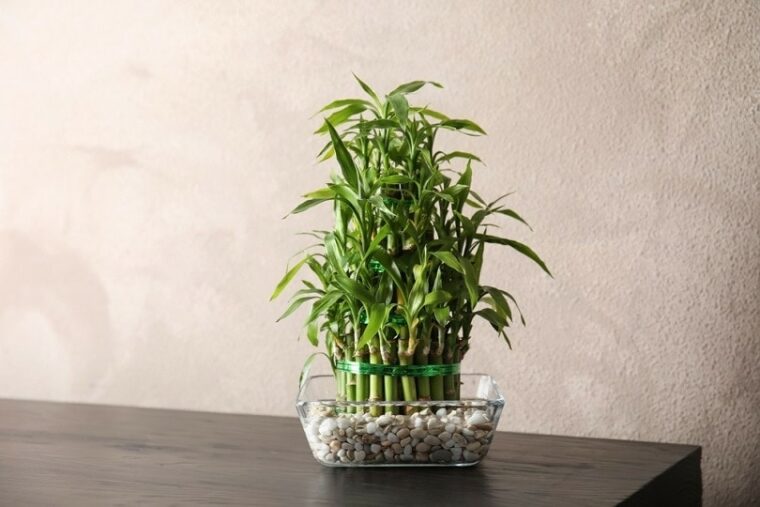
Click to Skip Ahead
Bamboo is a beautiful plant, known and loved worldwide for the gorgeous charm it gives to any garden and its many valuable purposes, from being used as food by people and many animals to being used in the furniture-making industries and construction work. It belongs to the Poaceae family, which is considered entirely safe for cats and other pets.
While the bamboo plant may be entirely safe for cats and other pets, other plants look identical to bamboo but have severe toxic properties. As a pet parent, it is essential to differentiate plants that are safe for your pet from those that cause severe harm. Read the article below to learn about the safety of bamboo and bamboo look-alike plants.
Bamboo Characteristics

The bamboo plant is one of the tallest plants in the Poaceae family, with characteristic woody ringed stems called culms. The stems are hollow between each ring, with narrow leaves growing directly from the rings. In mature bamboo plants, new leaf-bearing branches may arise from the culms. Bamboo is a fast-growing plant, with certain species capable of growing up to a foot daily! Some species can grow up to 130 feet tall, while other smaller species can only reach 4 to 6 inches. Nevertheless, they spread aggressively and form a dense undergrowth that can cancel out all other plants.
Bamboo has wide use and can serve many purposes. Several bamboo species can be used to make paper, while large and small stem pieces are used in various industries. Large pieces can be made into scaffoldings, when joined together, supplies for houses and rafts, and both small and large pieces can be made into furniture, flooring, garden stakes, and others.
Some bamboo species’ seeds are popularly eaten as grains. In many Asian cultures, the young shoots can be cooked and eaten as vegetables. This delicious vegetable delicacy is gaining popularity in many other cultures as well.
Is Bamboo Toxic for Cats?
Growing a bamboo plant in your backyard is a beautiful way to add diversity and an exotic appearance to your garden. While all bamboo species are absolutely mesmerizing, you must wonder whether they are safe to be around your lovely pets. Cats especially tend to nibble on plants in your garden, chewing on the leaves and stems. Because many plants in your home and garden are toxic for your cat to chew on, you need to know about the bamboo’s safety before planting it.
All bamboo species from the Bambusoideae family are safe to be around pets and are non-toxic to cats. Bamboo foliage is even healthy for cats to nibble on as they are filled with protein. When growing bamboo plants with your cats nearby, the only risk is using fertilizers with chemicals that are harmful to our pets when ingested.

Bamboo Look-Alike Plants That Are Toxic for Cats
When we mentioned that bamboo plants are entirely safe for our cats to chew on, we only discussed the plants from the Poaceae and subfamily Bambusoideae. Other plants, which are bamboo look-alikes, may be incredibly toxic for cats. These plants can frequently be mistaken for bamboo because of their similar appearance, but they actually belong to an entirely different family of plants.
Final Thoughts
After you’ve read all about the safety of bamboo and bamboo look-alikes, you can approach planting these species cautiously. When you decide to plant bamboo in your garden, carefully choose the species and ensure the plant is a genuine bamboo belonging to the Poaceae family and Bambusoideae subfamily. Once you plant these species, you can safely let your cat play around the plant and even steal a nibble or two without any worry.
Featured Image Credit: New Africa, Shutterstock







